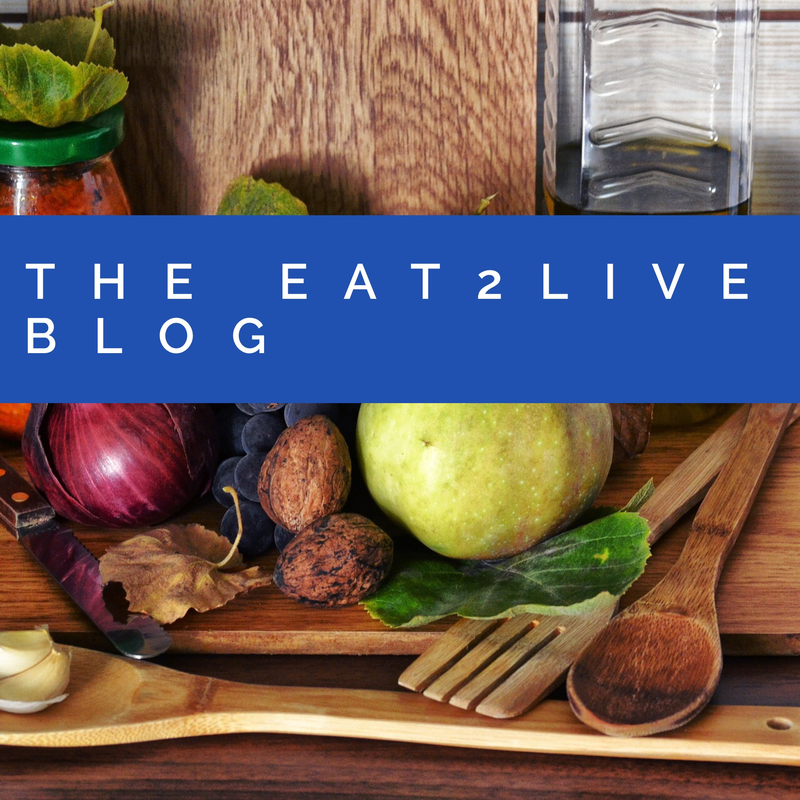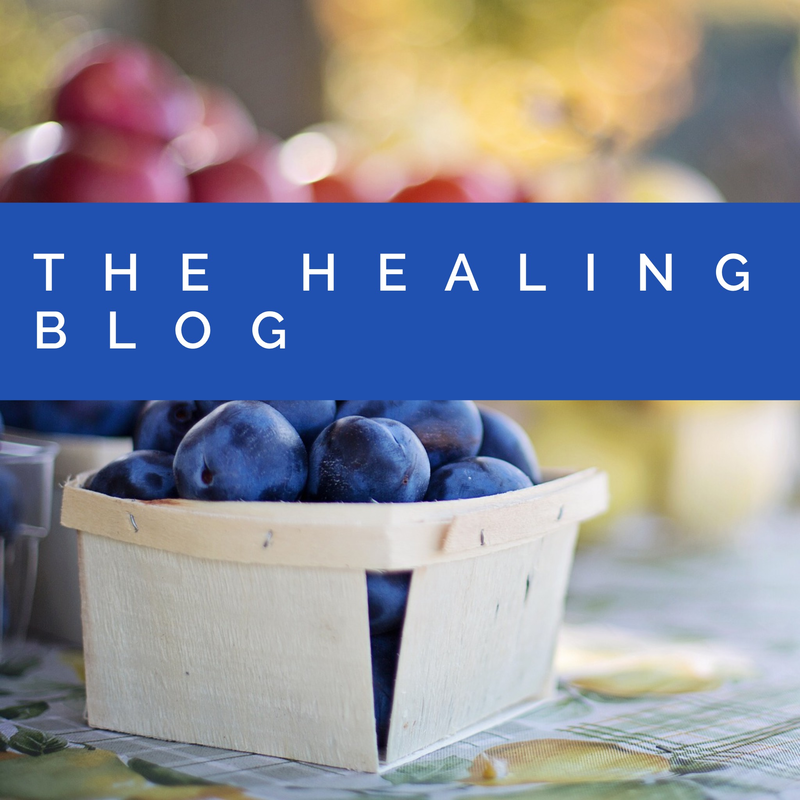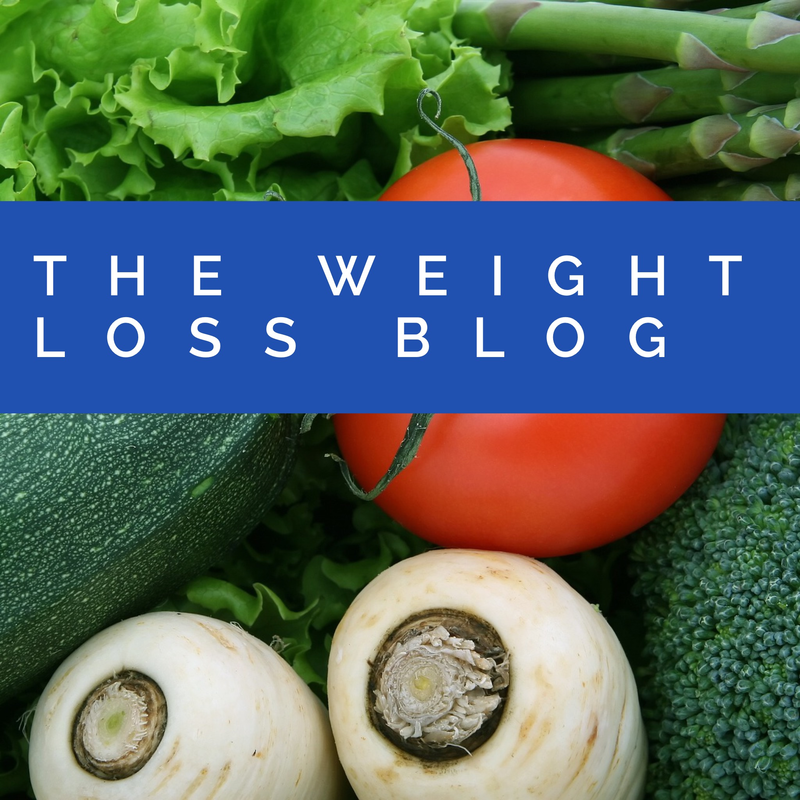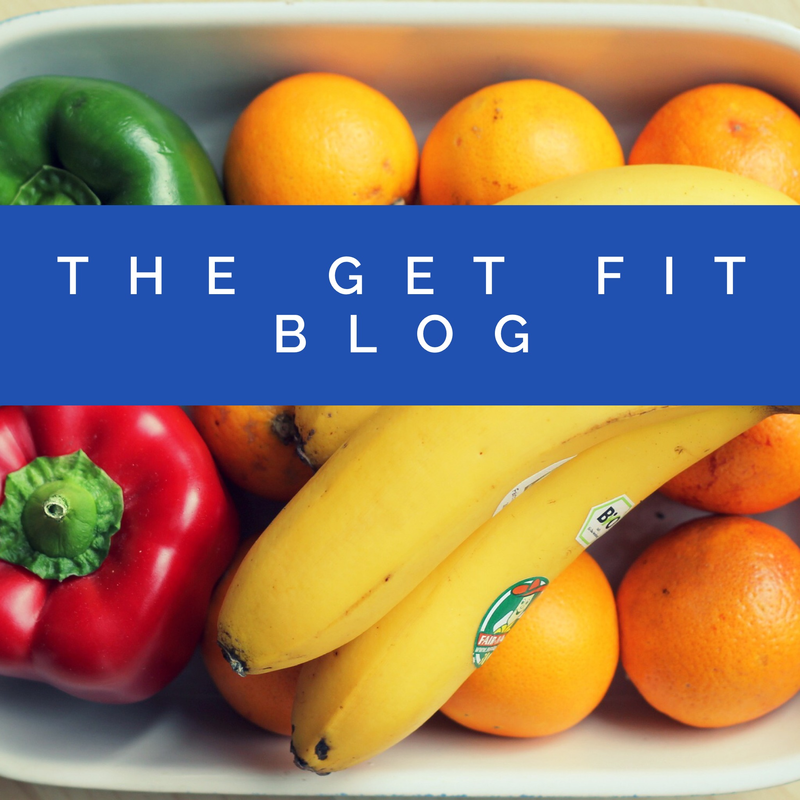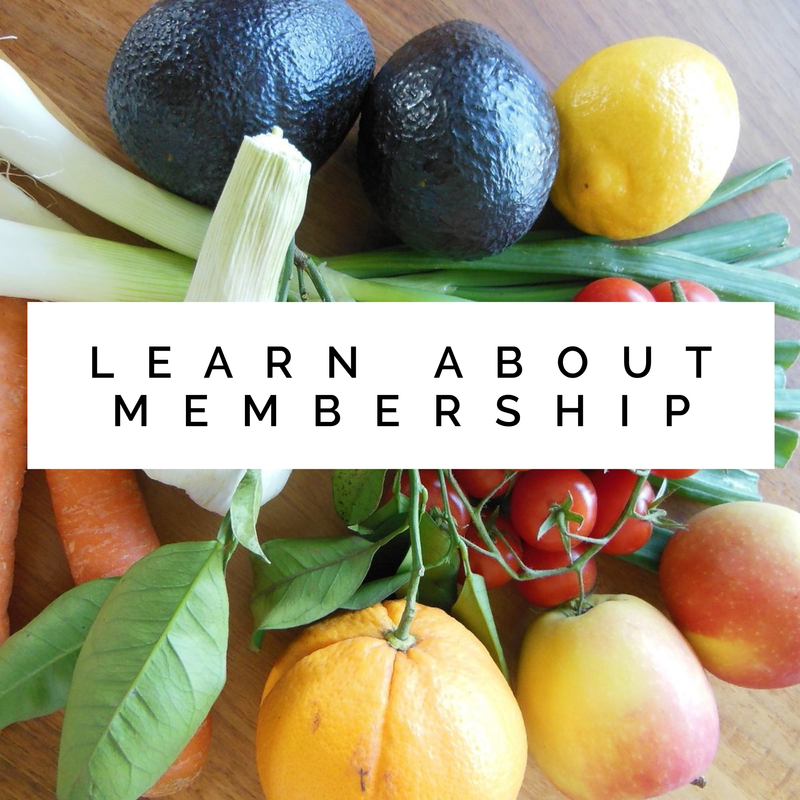|
There’s a very important reason you need to know the history of sugar. It’s because much of the information you know as true today, are “facts” built over time to create wealth, not health. Anthropologists think sugarcane was first domesticated in New Guinea about 10,000 years ago. But I’m not going to bore you with centuries of history, instead, let’s take a quicker walk down candy lane together and learn the facts that matter the most. The Plant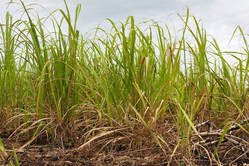 Sugarcane is actually a grass, growing twice the size of the average man, and 6-7 inches in width in it’s stalk. That’s some pretty giant grass, and it grows best in tropical climates and ripens in about 1-2 years. The juice from the stalk is about 17% sugar, but mostly water. Before humans learned to refine sugar, the juice could only be used locally by those who grew it. It wasn’t until about 500 B.C. that north Indian farmers discovered you could extract just the raw sugar by using cycles of heating and cooling. At first molasses was created, then, with more time and precision, dry crystalized sugar was created, and the more they refined the sugar, the more pure and white it became. Before sugar, much of Europe and Asia used honey to sweeten their foods and teas. When the Europeans came to “the new world” and found no honey, they introduced what the Native American’s called “English Man’s Fly”, or, as we know it today, the common honeybee. But soon refined sugar found it’s way to Britain and between the 17th to the 19th century, sugar was what made the world go round. By 1775, British imports of sugar were 5 times that of tobacco, making it the biggest revenue stream and giving birth to “white gold”. But, like most things that are and were mass produced, sugarcane was farmed and harvested by slaves. The Story Men, women, and children were sold into slavery and brought to “the new world” to tend to the sugarcane farms where they eventually died. (19th century depiction of sugarcane slavery, courtesy of BBC) Viruses that had been in the “modern” world for decades, hadn’t yet reached the shores of Africa, and when new slaves were brought to “the new world”, many died from outbreaks and viruses. This however, did not stop the slave trade, it only created a larger need in the economy and trafficking of humans. Some voices, like that of Thomas Jefferson delicately fought to end this slavery, by being a proponent of maple syrup instead of cane sugar, by stating, “ The sugar maple yields a sugar equal to the best from the cane, yields it in great quantity, with no other labor than what women and girls can bestow…what a blessing.” But like much of American history, both current and past, greed won the war on sugar slavery, forcing millions of Africans to be enslaved to manage another continent’s sugar addiction. The argument was that maple syrup couldn’t be used in cold drinks and didn’t mix well in coffee. So they chose instead to farm out human beings. Sugar allowed fruits and berries to be preserved, stopping any bacteria growth. It also stopped mold from developing in condensed milk, and helped the leavening of bread, and created the golden brown crust on the white man’s Sunday toast.  For these luxury needs, millions of Africans lost their lives in the cane fields of a foreign land. “By the 1830s, when the British Emancipationists finally put an end to the slave trade, some 12 1/2 million Africans had been shipped off as slaves to the New World; two thirds of them worked and died growing and refining sugar.” It wasn’t until about 50 years later that sugar consumption started skyrocketing. The New York Times reported that in the 1880s, the federal government took in over a half billion dollars in sugar taxes alone. But don’t hate the government just yet. Flour milling was at it’s apex in the 19th century and manufacturer’s got greedier. They realized they could ground the flour even more purely, add in sugar, and the bread would not only rise faster, but have a sweeter taste. As a result, and a fun fact, American white bread like “Wonder bread” can be up to 10% sugar. And if that doesn’t sound too high to you, consider that’s probably because you’re an American. In Europe, the average sugar content in bread is only about 2%. The Inventions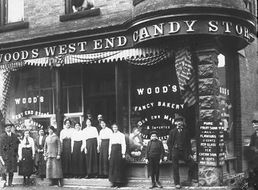 In the mid 1800’s candy lozenges were invented, the Lindt brothers created the first chocolate bar, and by 1892 the first ice cream sundae had been invented. As a matter of fact, most sugar laden products were created after sugar slavery ended and a rise in manufacturing started. Candy, chocolate, soda, ice cream, and more were all created between the mid 1880s and early 1930s. (Image courtesy of Pinterest) “By 1903, the New York Times was estimating yearly candy industry sales at $150 million in the U.S. alone, up from almost nothing a quarter century ago.” And by the 1930s, “U.S. tobacco growers were saucing Burley tobacco with 50 million pounds of sugar a year and using it in over 120 billion cigarettes.” Sugar helped light up not just cigarette sales, but lung cancer as well. Sugar & TobaccoBefore 1900, there had only been 150 cases of lung cancer. Ever. Let’s look at a few sickening facts. 1914: First year that sugar was blended with two types of tobacco. It’s also the first year that lung cancer was officially listed as a cause of death when 400 new cases were discovered. That year. 1930: The number of lung cancer cases grew sevenfold since 1914. 1945: Over 12,000 Americans died of lung cancer. 2005: Over 163,000 Americans died of lung cancer. Numbers don’t lie, but bureaucrats do. Sugar ConsumptionBy the great depression, sugar consumption rose 16lbs higher (per person) than in 1920. Americans were told to save money and just have a Cola for breakfast, and by a 1945 investigation, 11 million servicemen were given 220lbs per capita of sugar yearly. One Navy analysis even showed that candy bars made up 40% of foods that were purchased in their mess, that was over and beyond their rations. Medical professionals believed that sugar would wake you up, give you strength and help you exceed expectations. Coca-Cola even got into it by selling all service members a bottle of Coke for just a nickel a piece. 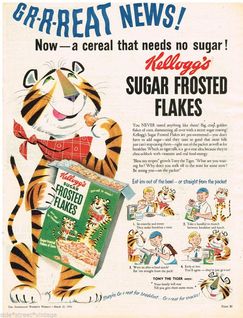 By 1948, concentrated orange juice reached the shelves, and by the 1970s, Americans were drinking over 7 gallons a day of fruit juice a year. (Image courtesy of Pinterest) In the early 1950s, Kellogg’s released Corn Pops, Frosted Flakes and Sugar Smacks to name a few. All of our foods were becoming sugar laden and processed. In 1953, Dominos Sugar even had an ad that read, “3 teaspoons of pure Domino’s Sugar contain fewer calories than one medium apple!” 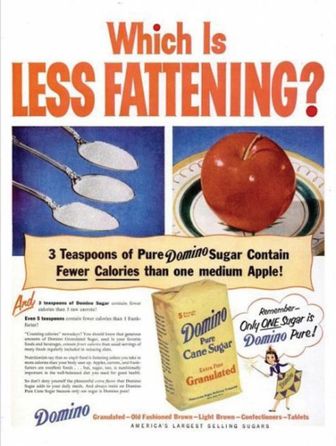 By the 1970’s, more doctors and scientists began speaking up about sugar and it’s affects on the body. The government even created a commission to answer the question on whether or not sugar should be restricted or caused any harm to the body. But, like most American history, greed won the war on truth, again. (Image courtesy of motherjones.com) You see, as sugar consumption soared with the Industrial Revolution, so did the cases of diabetes. The more sugarcoated cereal we ate, the more soda we washed down with our burgers, the rounder our middles became and the sicker our bodies grew. As a matter of fact, since 1690 there has been an 800% increase in diabetes, which is parallel to the rise in sugar consumption. The Illness, The People & The LiesSo do we blame it on ignorance? Did the science just not yet exist for doctors or researchers to know better? Looking back, you’d think that must be the case, certainly, I did. But it couldn’t be further from the truth. Doctors, scholars, and scientists knew, and have known of the affects of sugar for over a hundred years (that’s documented). Haven Emerson and Louise Larimore studied diabetes and sugar back in 1924 and wrote, “ Rises and falls in sugar consumption are followed with fair regularity…by similar rises and falls in the death rates from diabetes.” To prove their point, when sugar consumption decreased, as it did in WWI, there were fewer deaths due to diabetes. But even in the hardest of times, people still wanted their sugar. In 1934, The New York Times even wrote “The Depression proved that people wanted candy, and that as long as they had any money at all, they would buy it.” Even in the late 1800’s, people knew and understood the correspondence between sugar and diabetes, even if they didn’t know why. But with millions upon millions being brought in by the sugar industry, the U.S. government wasn’t too keen on admitting that there might be a health risk. So back to the 1970s and greed… The government created a commission on sugar to resolve the question of if it posed a health concern. Just like today’s politics, however, this commission was picked unfairly, and, as it turns out, only gave research jobs to those who were literally being paid by the sugar industry. In 1978, the sugar industry budgeted $60,000 a year to pay sugar industry insiders like Fred Stare and other nutrition advisory committee members. “And between 1975 and 1988, spent $655,000 on more than a dozen research projects, designed, as the industry documents put it, to ‘maintain research as a main prop of the industries defense’.” Of course any research the “commission” did, had to also be vetted first by “contributing research members” like Coca-Cola and Hershey. Not shockingly, nearly all the data pointed to fat as a cause of diabetes and other health problems, and exonerated sugar. For clarification, the government who was being paid by the sugar industry, created a commission to find if sugar was harmful and hired only sugar industry researchers who then found sugar to not pose a health risk. This is what greed looks like, and the cause of their greed is the deaths of millions of Americans. 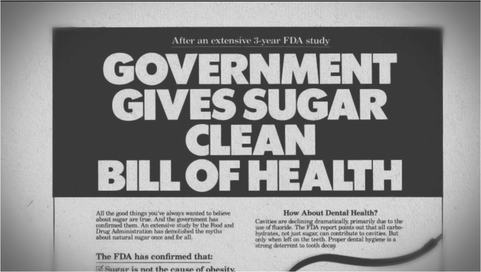 By 1980 the U.S. Department of Agriculture released it’s first “dietary guidelines” which was drafted by Mark Hegsted, an industry insider who had profited from the research grants in the 70’s with Fred Stare and the sugar association. (Image courtesy of SugarTimeline.com) He used the excuse that his findings were largely dependent on another researcher, Ed Bierman; and wouldn’t you know that Ed said he got his information from Mark? The dietary guidelines stated, “Contrary to widespread opinion, too much sugar does not seem to cause diabetes.” In 1986, the FDA reviewed again whether sugar was regarded as safe, and after looking at the same faulty evidence they paid the sugar association (remember that commission?) to do, they came to to the determination that “no conclusive evidence demonstrates a hazard to the general public when sugars are consumed at the levels they are now.” “The FDA assessment then became the official government position on sugar, it’s logic and conclusions echoed in a series of official reports on diet and health that came after- particularly the 1988 surgeon generals report on nutrition and health and the 1989 NL’ Academy of Sciences report on diet and health, which are the two seminal documents on the subject in the last half century, and even reviews by the Institute of medicine as late as 2005.” They instead blamed fat for the top 5 common causes of death, and left their findings on sugar as “inconclusive”, even as late as 2016. The American Heart Association even recommended eating sugar candies instead of a fattening snack in the mid 90s and by then, diabetes was still looked as a reaction to obesity, not sugar. Recent History
ConclusionSugar is sweet, but it’s history isn’t. Millions of Africans dying so a white man can have better tasting coffee isn’t sweet. It’s been known that diabetes is caused by sugar, or at the very least, is related to it for over 100 years, and is ignored for financial gain by our politicians and those meant to work for us…that’s not so sweet. What IS sweet, is knowledge, because knowledge is power, and with that knowledge you can build health AND wealth.  Much of my research and all quotes (unless otherwise stated) are from the "The Case Against Sugar", which I highly recommend you read for yourself.
1 Comment
Water, Sugar, Palm Oil, Corn Syrup, Sodium Caseinate, Dipotassium, Phosate, Mono and Diglycerides, Sodium Stearoyl Lactylate, Carrageenan
Below are links to sites covering each ingredient in depth, then, lets put it all together in YOUR daily life.
Still want that cup of Joe? Eat2Live2Love has an easy remedy for this commonly asked question.
Que the scene: You are an empowered individual who understands the value of knowledge. You’re not fooled by cheap marketing tricks and when YOUR feet hit the floor each morning your ready to heal instead of hurt. And soon enough this scene WILL be your reality…. One small step for you, one small sip for mankind.
|
Categories
All
Archives
January 2019
|
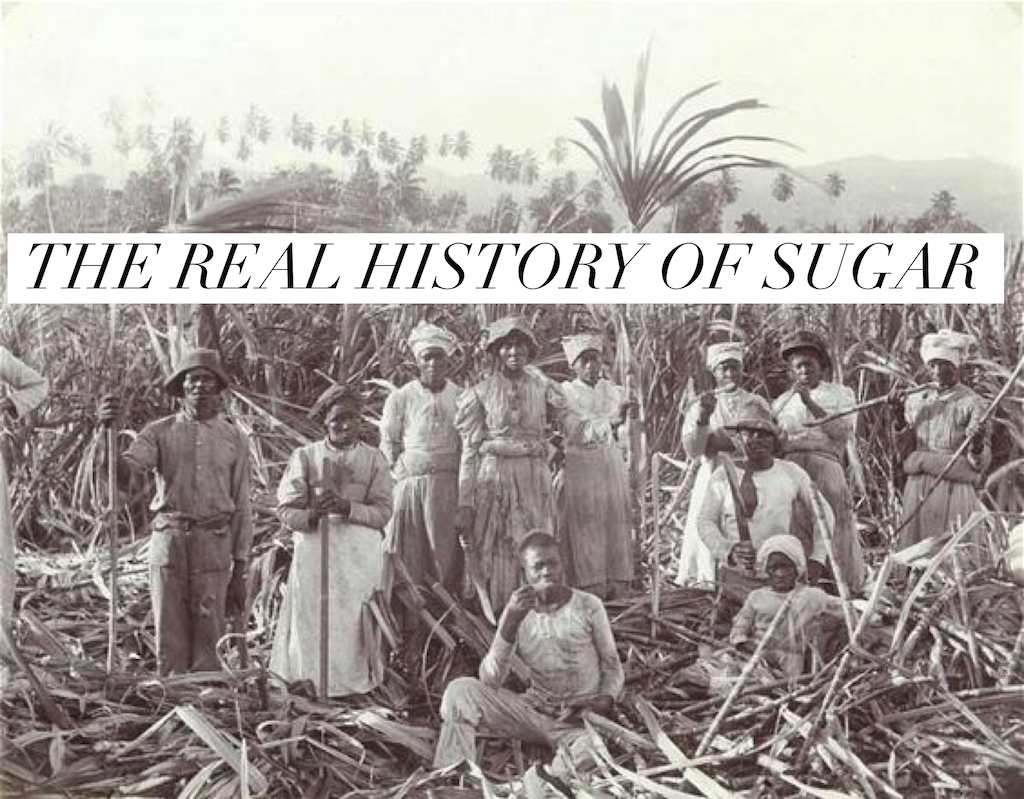




 RSS Feed
RSS Feed
